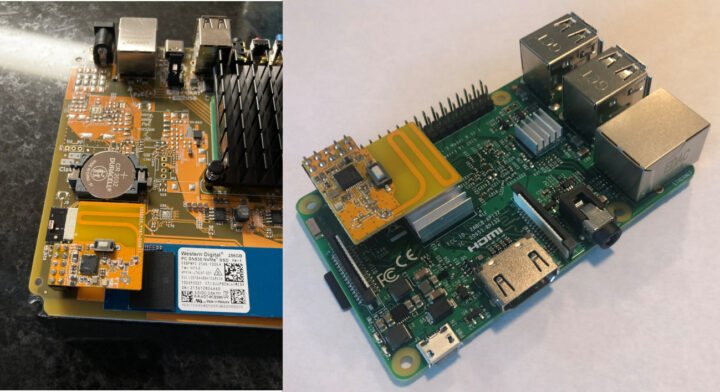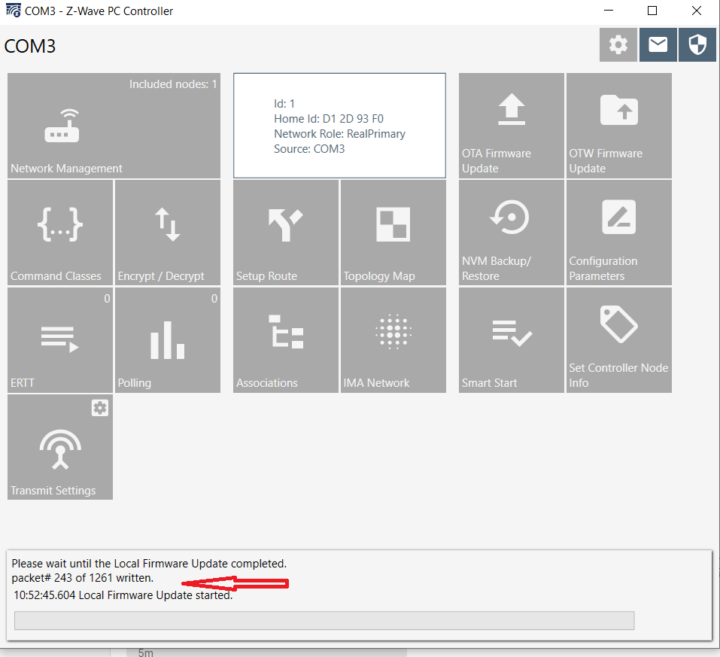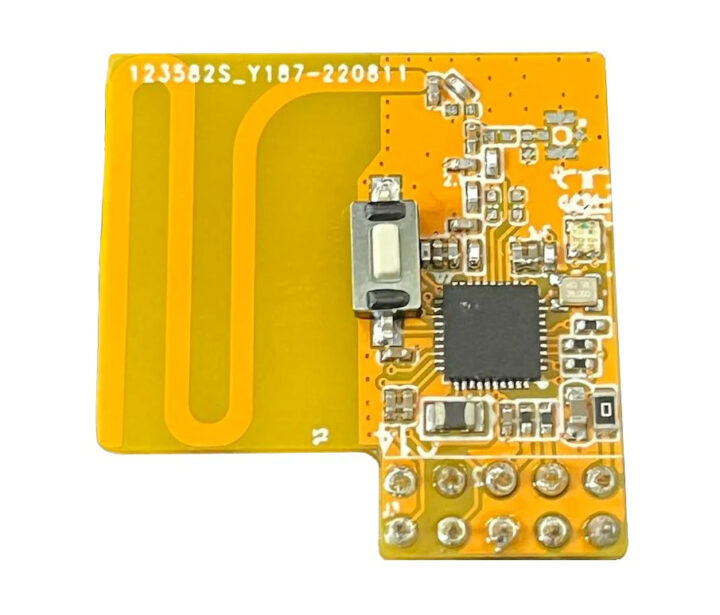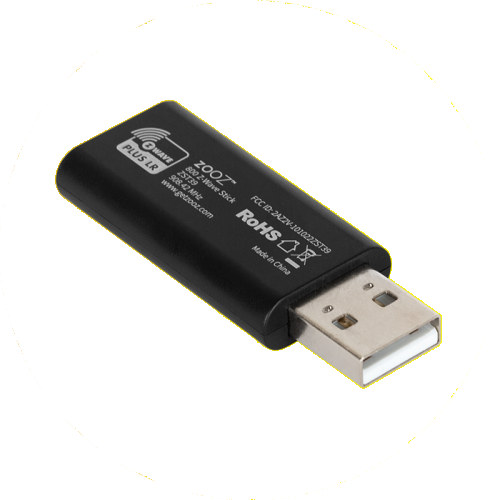We wrote about the new Z-Wave Long Range (LR) standard aka “Z-Wave Plus LR” promising four times the range and 10-year battery life in September 2020 but hadn’t heard much about it since then, at least until now, as Zooz has launched the ZST39 LR USB Stick and ZAC93 LR GPIO module based on a Z-Wave 800 Series chip, with the GPIO module compatible with Home Assistant Yellow and Raspberry Pi SBCs.
Zooz 800 Series Z-Wave Long Range GPIO Module ZAC93 LR
ZAC93 LR specifications:
- Z-Wave Frequency – 908.42 MHz (US, CA, MX) / 921.4 MHz (AU, NZ) / 868.42 MHz (EU)
- Wireless Range – Up to 1 mile/1.6 km in open space with Long Range enabled (up to 300 meters in open space, up to 76 meters indoors in traditional mesh networks)
- Support for up to 200 devices in a single network
- Host interface – 10-pin header to Raspberry Pi or Home Assistant Yellow (Z-Wave JS)
- Security – S2 security protocol
- Supply Voltage – 3.3 VDC
- Dimensions – 2.8 x 2.8 cm
- Temperature range – -10 to +40°C
The board runs the Z-Wave 800 SDK version 7.18.3. We are not explicitly told which wireless microcontroller is used, but this can only be the Silicon Labs EFR32ZG23 Z-Wave 800 Modem SoC.

Note that you’ll need to disable Bluetooth in the Raspberry Pi, and I guess Home Assistant Yellow, for this to work. The Z-Wave LR GPIO module does not come with an EMI/EMC shield and it’s unclear whether electromagnetic interference could cause issues with WiFi on the Raspberry Pi and/or the SSD on the Yellow gateway. A few more details to get started can be found on the product page.
The Zooz ZAC39 LR Z-Wave Long Range GPIO module can be purchased on Amazon for $25.95 or on “The Smartest House” shop for $17.95 plus shipping.
Zooz 800 Series Z-Wave Long Range USB Stick ZST39 LR
ZST39 LR specifications:
- Z-Wave Frequency – 908.42 MHz (US, CA, MX) / 921.4 MHz (AU, NZ) / 868.42 MHz (EU)
- Wireless Range – Up to 1 mile/1.6 km in open space with Long Range enabled (up to 300 meters in open space, up to 76 meters indoors in traditional mesh networks)
- Support for up to 200 devices in a single network
- Host interface – USB Type-A male connector
- Security – S2 security protocol
- Supply Voltage – 5V DC (4.75-5.25V) via USB port
- Dimensions – 5.1 x 2.0 x 0.76 cm
- Temperature range – -10 to +40°C
The USB stick works without drivers in systems with a spare USB port running Windows, Linux, or macOS operating systems. The firmware is also based on SDK v7.18.3, and can be upgraded directly from Home Assistant or through the Z-Wave PC Controller program part of the Simplicity Studio IDE.

More details can be found on the product page. The ZST39 LR USB stick can be purchased from Amazon for $34.95, or on “The Smartest House” for $26.95. Note you’ll need to select the model with the frequency for your region.
Thanks to Hedda for the tip.

Jean-Luc started CNX Software in 2010 as a part-time endeavor, before quitting his job as a software engineering manager, and starting to write daily news, and reviews full time later in 2011.
Support CNX Software! Donate via cryptocurrencies, become a Patron on Patreon, or purchase goods on Amazon or Aliexpress






